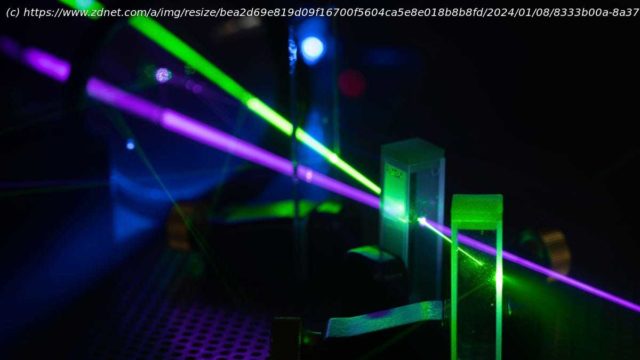Soon our devices get power from the light around us and send information at incredible speeds while being safer and more efficient. Here’s a look at what’s new in photonics at CES 2024.
The Consumer Electronics Show (CES) 2024 in Las Vegas is a key platform for innovators who want to demonstrate how the burgeoning influence of photonics will reshape how we use technology.
Photonics, which is the science of light generation, manipulation, and detection, is steering the electronics industry toward a more efficient, faster, and sustainable future. The impact of photonics will be profound and multifaceted, touching everything from energy consumption to data transmission.
Two standout innovators in this field, Ambient Photonics and Slux, have demonstrated how light can be more than a mere tool for illumination and can instead be the backbone of our technological future.
At its core, photonics involves using photons (light particles) to perform functions that electrons are typically used for in standard electronics. This shift from electrons to photons is revolutionary, offering a leap in data transmission speeds and energy efficiency. In an era where energy conservation and efficient communication are paramount, photonics is a beacon of progress, which provides solutions that traditional electronic technologies can’t match.
The principles behind an Ambient Photonics bifacial cell.
The innovations from Ambient Photonics (booth 53755 in the Venetian Expo) stand out at CES 2024, introducing a new kind of solar technology that is changing how we think about powering our devices.
The company’s special low-light, indoor solar cells are transforming how devices get their energy, leading us toward an energy-efficient future where our electronics have less impact on the environment.
Traditional solar cells, which are mostly made from silicon, have been a key part of solar technology for a long time. However, these cells have some big drawbacks. They work best in bright sunlight, lose a lot of energy as heat, and can only absorb certain types of light. Plus, these cells are usually stiff and bulky, which means they’re mostly used outdoors. Ambient Photonics has tackled these issues directly, rethinking solar cells for everyday indoor use.
Домой
United States
USA — software From indoor solar to light-based internet, photonics offers a brighter future






